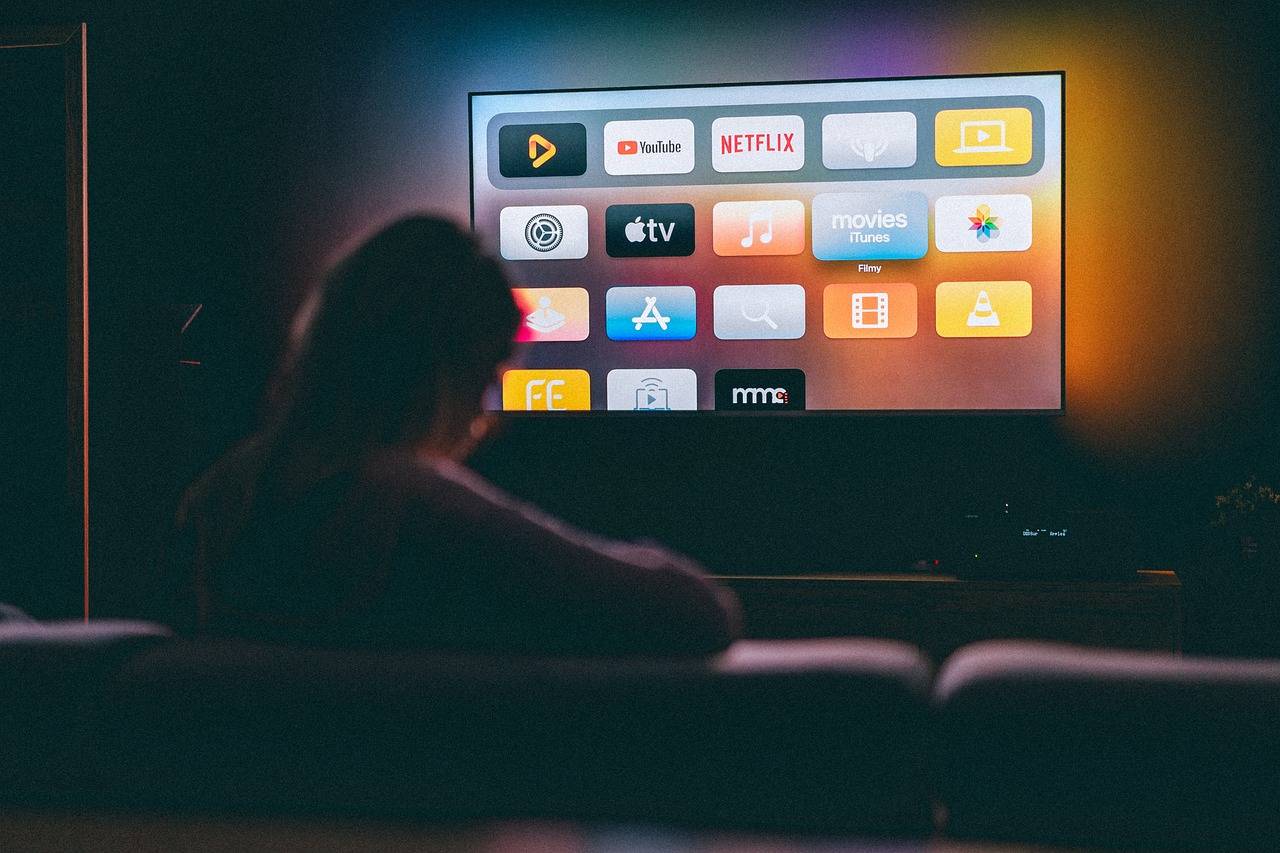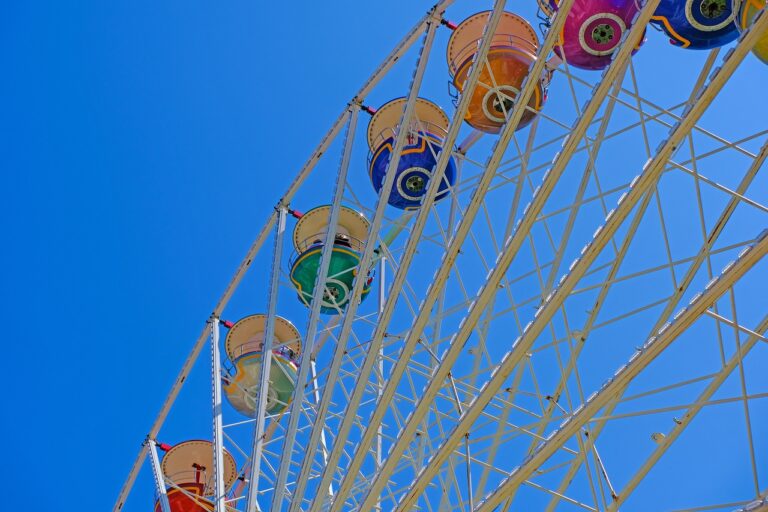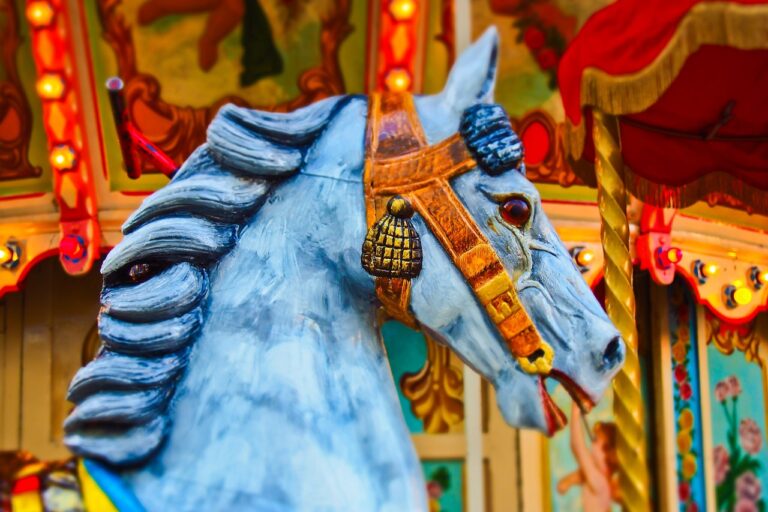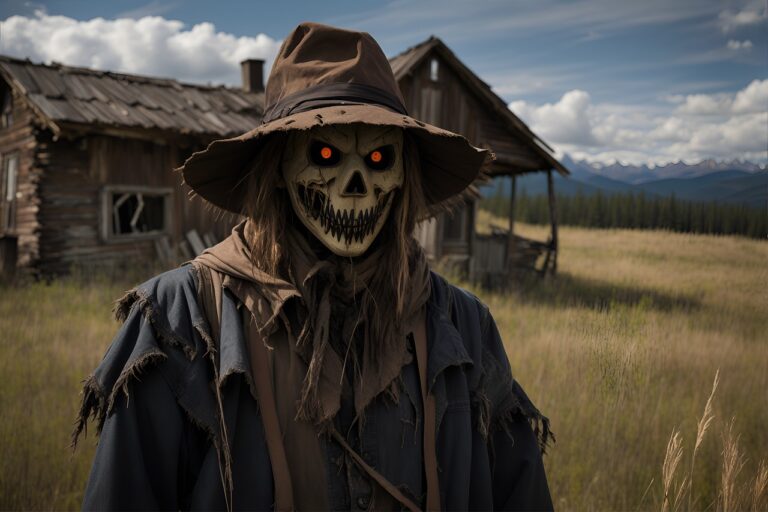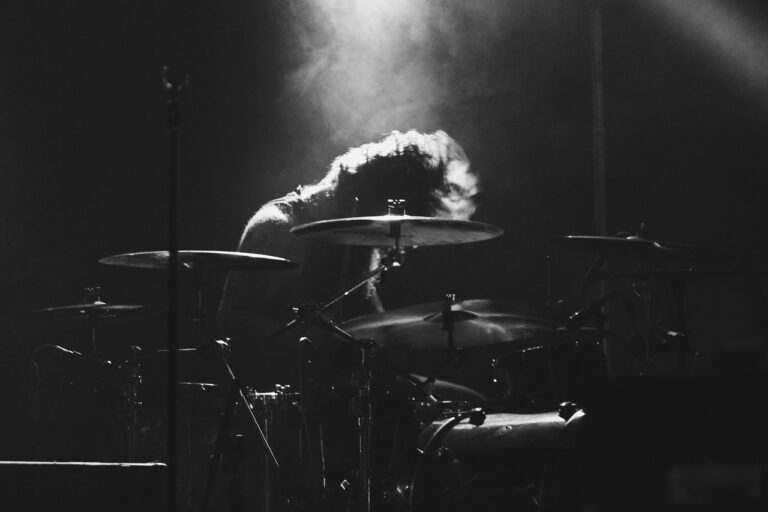Exploring the World of AI-Generated Art and Sculptures
AI has been making waves in the art world, challenging traditional notions of creativity and artistic production. Through the use of complex algorithms and machine learning, AI is able to create artwork that is not only visually appealing but also thought-provoking. This technology has opened up new possibilities for artists, allowing them to explore innovative techniques and push the boundaries of conventional art forms.
One of the key advantages of AI-generated art is its ability to produce work at a much faster pace than human artists. This rapid production process has led to a proliferation of diverse art styles and genres, expanding the artistic landscape and offering audiences a wider range of creative expressions to engage with. As AI continues to evolve and improve its capabilities, it is poised to play an increasingly influential role in shaping the future of the art world.
AI has challenged traditional notions of creativity and artistic production
Complex algorithms and machine learning allow AI to create visually appealing and thought-provoking artwork
Artists can explore innovative techniques and push the boundaries of conventional art forms with AI technology
AI-generated art can be produced at a much faster pace than human artists, leading to a proliferation of diverse art styles and genres
The rapid production process expands the artistic landscape, offering audiences a wider range of creative expressions to engage with
As AI continues to evolve and improve, it is poised to play an increasingly influential role in shaping the future of the art world
Understanding the Creative Process of AI-Generated Art
Artificial Intelligence (AI) has revolutionized the art world by enabling machines to create artworks using complex algorithms and datasets. The creative process of AI-generated art involves inputting vast amounts of data into an algorithm, which the machine then uses to generate new and innovative pieces of art. This process allows AI to analyze patterns, styles, and techniques from various artists and art movements to produce unique artworks.
One key aspect of the creative process of AI-generated art is the ability of machines to learn and adapt from their own outputs. Through a technique known as machine learning, AI can continuously improve its artistic capabilities by analyzing feedback and adjusting its algorithms accordingly. This iterative process allows AI to refine its artistic style, leading to the creation of increasingly sophisticated and original artworks.
Exploring the Impact of AI on Traditional Art Forms
Artificial intelligence (AI) has begun to make a significant impact on traditional art forms, reshaping how art is created and consumed. One of the key ways in which AI is influencing traditional art forms is by offering tools and techniques that artists can use to enhance their creative processes. From generating new ideas to streamlining the production process, AI is providing artists with innovative ways to approach their craft.
Moreover, AI is also challenging the boundaries of what is considered traditional art by creating new forms of expression that blur the lines between human and machine creativity. By harnessing the power of algorithms and data analysis, AI is capable of generating artworks that push the limits of conventional artistic techniques and styles. This fusion of technology and creativity is leading to a redefinition of what it means to create art in the digital age.
How is AI being used in the art world?
AI is being used in the art world for creating, analyzing, and enhancing various forms of art, ranging from paintings and sculptures to music and literature.
What is the creative process behind AI-generated art?
The creative process behind AI-generated art involves feeding large datasets of existing artwork into machine learning algorithms, which then generate new pieces based on patterns and styles learned from the data.
What impact does AI have on traditional art forms?
AI has the potential to revolutionize traditional art forms by offering new tools and techniques for artists to explore, as well as raising questions about the role of human creativity and the authenticity of AI-generated art.
Is AI-generated art considered to be authentic?
The authenticity of AI-generated art is a subject of debate in the art world, with some viewing it as a legitimate form of artistic expression while others question the originality and intent behind pieces created by machines.
How do artists feel about the integration of AI in traditional art forms?
Artists have mixed feelings about the integration of AI in traditional art forms, with some embracing the technology as a tool for experimentation and innovation, while others express concerns about its impact on artistic integrity and creativity.

